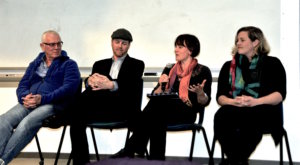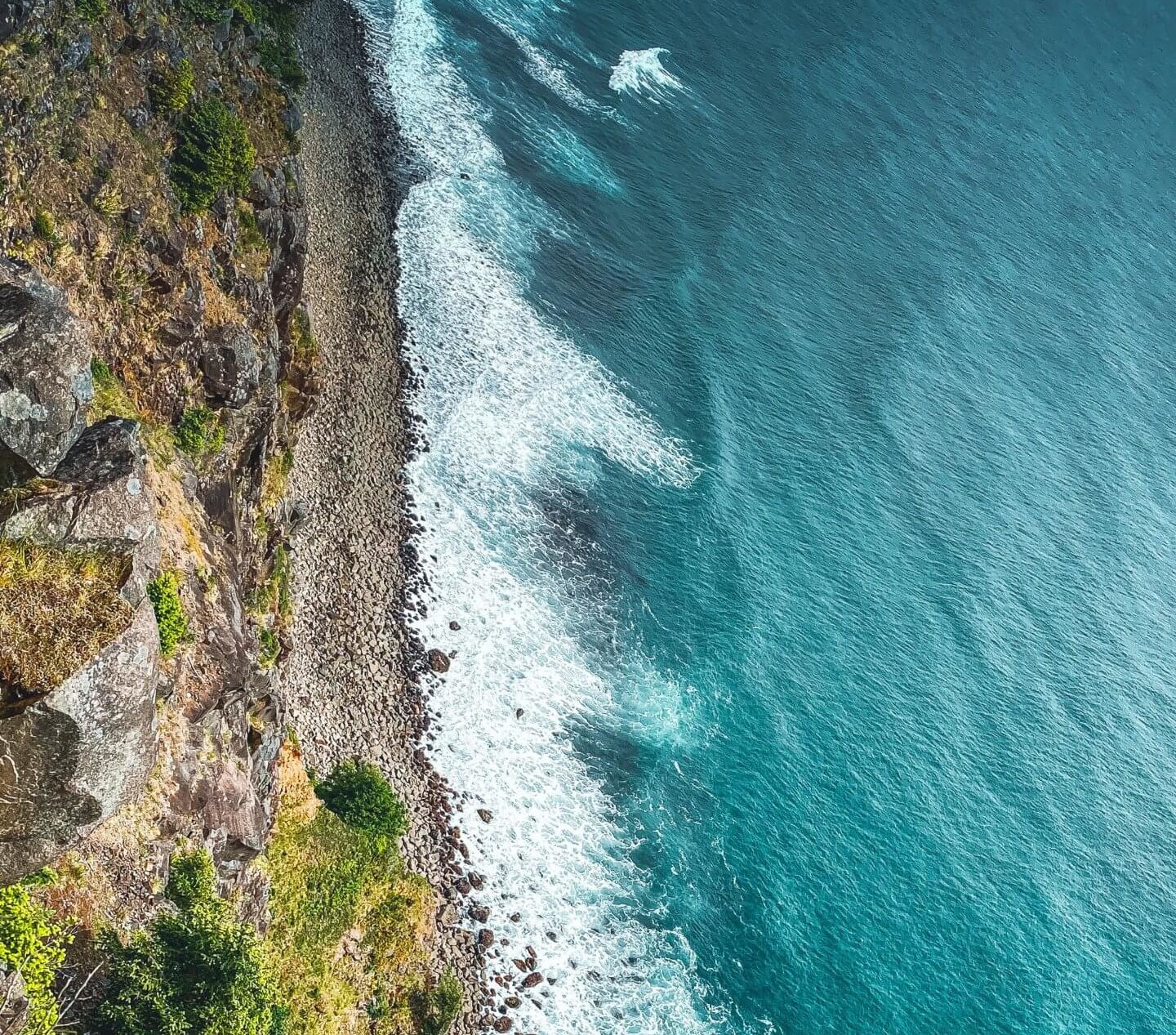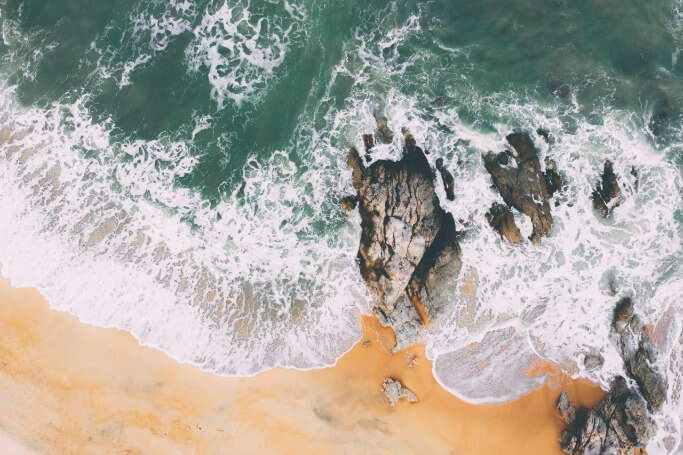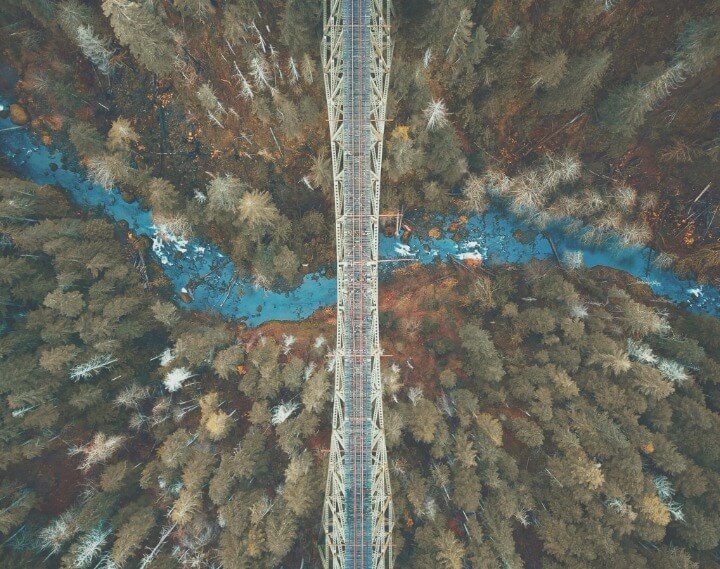Culture is an important, but sometimes overlooked, aspect of communication. Understanding the behaviors, beliefs, and norms of your audience can (and should!) change how you talk about your own work. One key reason COMPASS brings journalists and policymakers to our communication trainings is to give scientists a window into their worlds.

Journalists Chris Joyce, Ed Jahn, Nicola Jones, and Ashley Ahearn at OSU. Photo by Karen McLeod.
This past week, while at Oregon State University for a COMPASS communication training for scientists in the College of Earth, Ocean, and Atmospheric Sciences, journalists shared their insights as part of a public panel. Here are some pearls of wisdom on science communication from our esteemed journalists – Ashley Ahearn (KUOW/NPR, Seattle), Ed Jahn (OPB/Oregon Field Guide), Nicola Jones (freelancer), and Christopher Joyce (NPR).
Be Yourself; Share Your Why
Ed Jahn: “If you have an opportunity to tell your story, the first thing you do is answer ‘Why did I get into this in the first place, what was the most fascinating thing to me?’ That’s what journalists connect to.”
Chris Joyce: “I like to write about scientists, not just science… It’s really important to share how scientists learn and discover, and how much they care about the truth. [I want to] get across the idea that science is the pursuit of truth, with rules to follow.”
Don’t Take Yourself Too Seriously
Chris Joyce: “I recently covered a story about a mysterious hum in the ocean. When I asked the scientist what the noise was, she laughed and said it’s kind of like fish farts, billions and billions of fish farts. I included that and people thought it was amazing. The scientist later told me that she liked the story, but was stigmatized—and I knew it was her peers, saying science should be formal and serious, not fun. People want to like your science, but they won’t care if they think you’re robots.”
Ashley Ahearn: “I did a story after Fukushima about radiation getting into fish. I went to Twitter to see what scientists were saying, and two young scientists were having a hilarious conversation about the unfounded terror and lack of public understanding about the risk of radiation in fish—at the time. I used those two scientists to debunk the fear in the populace, as well as talking to someone at a fish market who got his fish tested to reassure customers. My dream story is a character that’s going to take me somewhere interesting and let me into their head—show me where they’re going, the problem they’re trying to solve.”
Put Yourself Out There
Nicola Jones: “Be proactive, don’t wait for the journalists to come to you. If you have something cool, make connections with university public relations and local journalists. Give us a call!”
Ed: “Twitter is where we (journalists) go to find you (scientists), so if you’re not on there, you’re being missed. I have lists of scientists that I go to, to get stories. Facebook is good for pushing our stories out, [but] if you’re only talking about your work on Facebook, we’re not really looking there the way we’re looking at Twitter.”
Understand The Roles Of Mainstream Media
Ashley: “Millennials funnel in the information and pull together their own stories, so it’s much more hands-on than previous generations. If there’s an explosion or something, they’re going to Twitter and piecing together what happened from the pictures and tweets from people on the ground, which is good—it takes the pressure of breaking news off people like me. I want to write about the big behind-the-scenes stories.”
Nicola: “If you relied on social media, you’d be constantly bombarded. Part of our job is to find the good stuff so you don’t have to read everything–you can just go to your trusted news source.”
Ed: “When I started out 15 years ago, I just did TV—I’d write, shoot, and produce, and that was it. But now, I just did a big project on earthquakes, and for that, I did 2-3 online stories, 2 explainer videos, 2 television stories, and a documentary … For you as a scientists, it’s great – each of those things are hitting different audiences. We’re using different platforms and social media, and more people are getting the content, so if you’re telling me a great story, it’s reaching many more people than in the past.”



